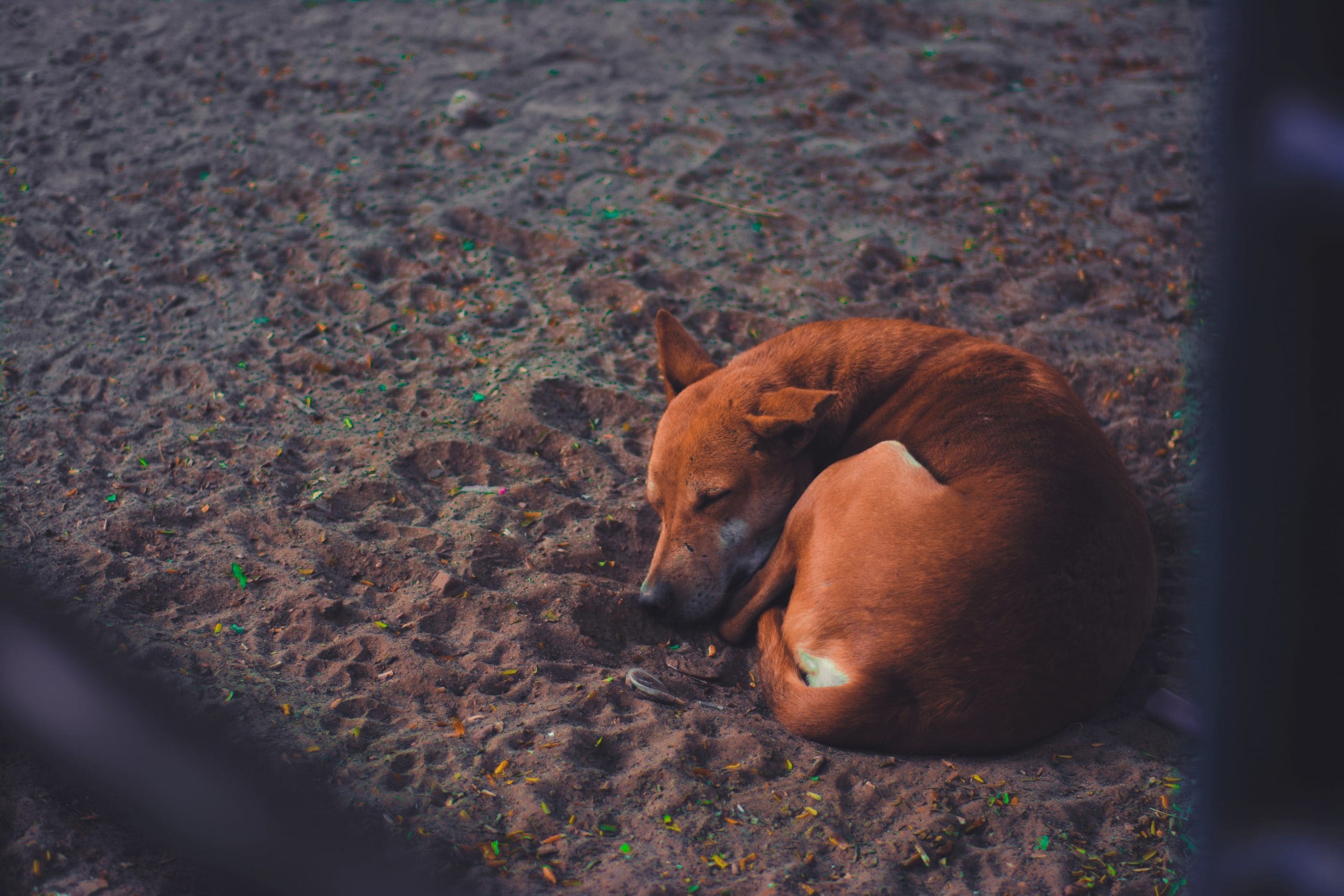It’s a familiar sight for dog owners to find their pets sprawled out on the floor, belly exposed and legs in the air. This position often prompts curiosity about why dogs choose to sleep on their backs. Is it a sign of comfort, vulnerability, or something else? Recognizing this behavior can strengthen the bond between you and your pet while providing insights into their personality and emotions.
Comfort and Trust
When a dog sleeps on its back, it usually signifies a profound sense of comfort and trust. As pack animals by nature, dogs are instinctively aware of their vulnerabilities. In the wild, exposing one’s belly can be perilous, as it houses vital organs. Therefore, a dog that sleeps in this position is expressing a feeling of safety and security in its environment, essentially signaling, “I trust you,” to its human companions.
Personality Reflection
Dogs possess unique personalities, and their sleeping positions can reflect these traits. Some dogs are naturally more relaxed and easygoing, while others may exhibit caution or anxiety. A dog that frequently sleeps on its back may simply be more laid-back and confident. If your dog enjoys this position, it suggests a strong sense of security and belonging in your home.
Temperature Regulation
Temperature can also influence a dog’s choice to sleep on its back. Unlike humans, dogs don’t sweat; they regulate their body temperature by panting and through their paws. Exposing their bellies to the air can help them cool down, especially in warmer weather. This behavior is particularly noticeable in breeds with thick fur or those prone to overheating.
Age and Physical Condition
The age and physical condition of a dog can impact its sleeping habits. Puppies are flexible and often sleep in various positions, including on their backs. As dogs age, they may still choose this position if it remains comfortable; however, joint issues or stiffness can develop, making it challenging. Observing any changes in an older dog’s sleeping habits may warrant a check-in with a veterinarian.
Deep Sleep and Relaxation
Catching your dog sleeping on its back with legs wide open can be entertaining. This position generally indicates total relaxation. Dogs in this stance are likely in a deep sleep, possibly experiencing REM sleep, during which dreaming occurs. You might observe twitching or barking, a normal part of a healthy sleep cycle.
Seeking Attention
Some dogs may roll onto their backs when seeking attention or play. If your dog flips over as you approach, it could be a request for belly rubs or playtime. Many dogs instinctively roll over to invite affection, often reinforced by positive interactions with their owners.
Monitoring Comfort Levels
While back-sleeping is often a charming behavior, it’s crucial to ensure your dog is genuinely comfortable. Signs of restlessness, frequent position changes, or distress during sleep may indicate underlying health issues. Observing your dog’s overall behavior can provide valuable insights into their well-being. Consulting a veterinarian is advisable if any concerning changes arise.
Breed Variations
Different breeds display varying tendencies regarding back-sleeping. Breeds with shorter snouts, such as bulldogs and pugs, may struggle to breathe in certain positions, leading them to prefer lying flat on their backs. In contrast, larger breeds, like retrievers or greyhounds, often have the freedom to adopt various sleeping postures, including on their backs.
Environmental Influence
The sleeping environment significantly impacts a dog’s sleeping habits. A comfortable dog bed or a warm spot on the floor can encourage back-sleeping. When a dog has a designated sleeping area they enjoy, they are more likely to feel relaxed enough to adopt this position. Creating a cozy and safe space for your dog is essential for promoting healthy sleep patterns.
Stretching and Mobility
Dogs may also sleep on their backs to stretch their limbs. Like humans, dogs can experience stiffness from lying in one position too long. Rolling onto their backs provides an opportunity to stretch muscles and joints, which is especially beneficial after a day of play or exercise. This natural behavior supports their flexibility and mobility.
Observing Unique Behaviors
Recognizing why dogs sleep on their backs enriches the appreciation for their unique quirks. Dogs are more than just pets; they are companions with distinct needs and emotions. Monitoring your dog’s sleeping habits offers valuable insights into their comfort and well-being.
Every dog is unique, and their habits can vary widely. While some may only occasionally sleep on their backs, others might do so regularly. Observing your dog’s behavior is essential to understanding what is typical for them. A dog that enjoys sleeping on its back typically indicates a happy and healthy pet.
If any uncertainty arises regarding your dog’s sleeping behavior, consulting a veterinarian can provide tailored insights based on their breed, age, and health condition. This helps ensure your furry friend remains comfortable and content. Seeing your dog sleep on its back often signals trust and comfort. This behavior can be influenced by various factors, including personality, age, and environment. Whether seeking attention, cooling off, or simply enjoying a stretch, dogs that sleep on their backs are usually expressing happiness and contentment. Recognizing and appreciating these behaviors fosters a deeper connection with your canine companion, ensuring they feel loved and secure in their home.

